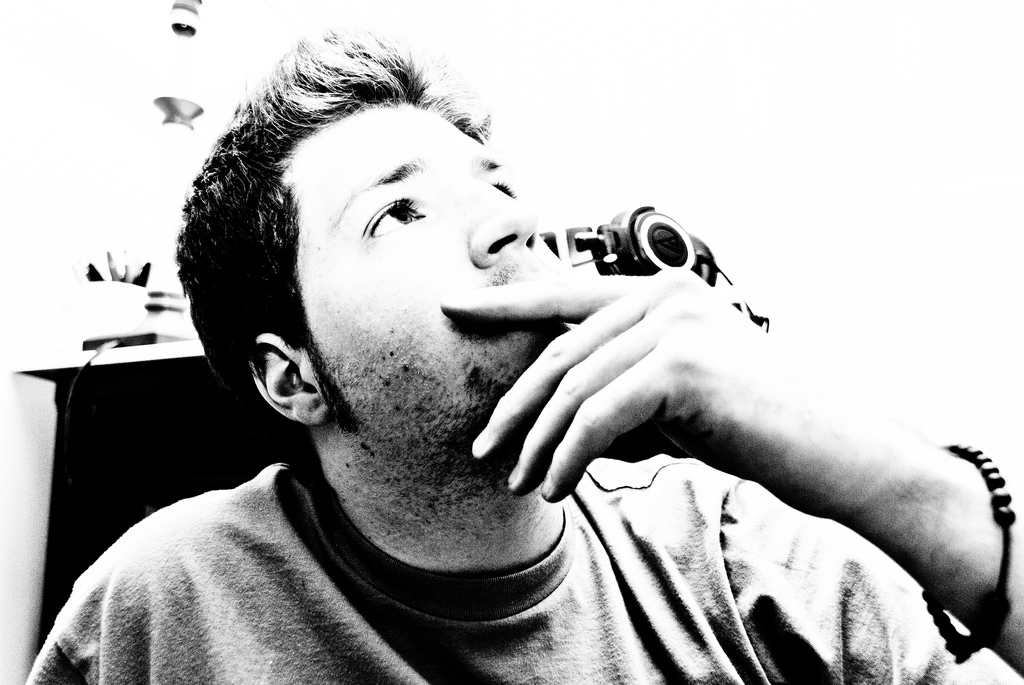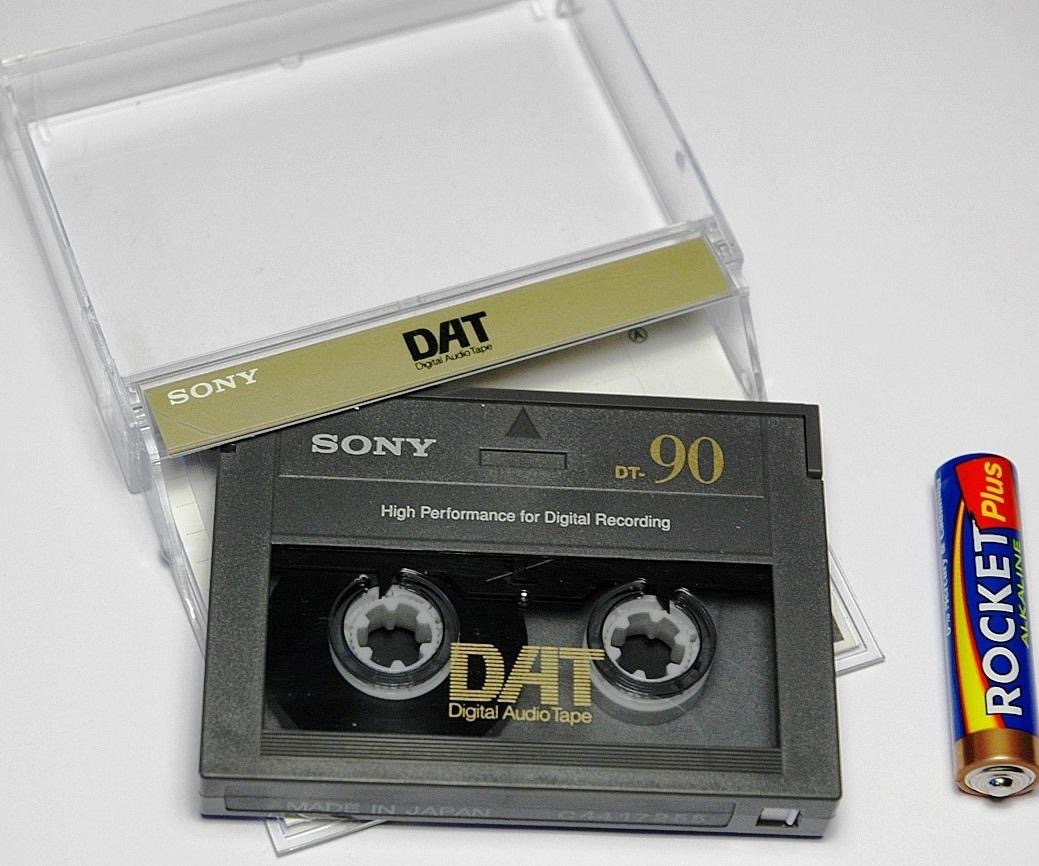Not long ago, Doppler Labs
announced its closure. She developed audio equipment, and the most famous product of hers was the Here One headphones, which are completely wireless and with an intelligent noise reduction system. With the help of microphones, the system eliminated “extra” sounds around.
Wired
said that the position of Doppler Labs was stable, and therefore its closure was unexpected. In 2017, the company focused on the market for hearing impaired products — developed a special application and worked on the second version of the headphones, Here Two.
In the summer of 2016, the company received investments of $ 24 million and thus brought their total amount to 50 million. It is also reported that Doppler Labs was negotiating with one of the IT giants for the purchase or investment.
It was not possible to agree with anybody, therefore she took up the production of Doppler Labs on her own. Then the problems started. First, the release date was shifted from autumn 2016 to February 2017 - that is, the headphones came out later than the direct competitor Apple AirPods.
 Photo by William Brawley / CC BY
Photo by William Brawley / CC BYThen problems with autonomy surfaced. The developers planned that Here One will be able to work 4.5 hours in the filtering mode of surrounding noise and 3 hours in the music playback mode. In fact, it turned out that they are enough for only 3 hours of filtering and 2 hours of music. Some people
write about 1.5 hours of audio playback. For comparison, AirPods
can work up to 5 hours on a single charge.
When Here One was released, sales did not go - they planned to sell several hundred thousand pieces, but in fact it turned out to sell only 25 thousand, and another 15 thousand remained in stock. Summing up, the founder of the company, Noah Kraft (Noah Kraft) said: “
We, damn it, started a hardware business! It was not necessary to do this. "
Before closing, the company developed the Here Plus application for people with poor hearing who don’t want to wear a hearing aid. It was planned to be released in December, but due to circumstances they will be posted unfinished on the Apple App Store. Now it is being tested by moderators.
Those who managed to buy Here One can continue to use them, including an application for Android and iOS. Technical support will work until December 1.
Other failures in the audio industry
In 2014, Kanoa, a noise-canceling wireless headset, developed a product similar to Here One. In 2015, the project
began to accept pre-orders for them, but the delivery dates were constantly postponed. The last date was August 2017.
In July, the company turned to video blogger Cody Crouch with a proposal to review the headphones. Cody had a lot of problems with headphones - starting with the difficulties with connecting and ending with incorrectly working noise reduction. Kanoa offered him a reward for keeping silent about these flaws.
The blogger did not agree and released a devastating
review , two days after which the company
closed . The release, which was postponed so many times, did not take place.
 Photo by Tim Alston / CC BY
Photo by Tim Alston / CC BYNot only startups are failing, but also large companies. Microsoft has released a media player Zune, which was to become a competitor to the Apple iPod. But it was 5 years late - the release of Zune took place in 2006, while Apple released the first iPod in 2001. Users were very reluctant to buy the Microsoft player - in 2009, the device
occupied only 2% of the market against 70% of iPod.
In 2011, the project was closed. Later, Robbie Bach, former president of the entertainment and device division at Microsoft,
explained why Zune failed. In his opinion, Microsoft was late and, moreover, made a product that “tried to catch up” with the iPod. Because of this, they could not explain to customers why they should buy Zune.
To one degree or another, “audio channels” are often inextricably linked with experimental developments and innovations. For example, Sony tried to implement many of its developments and formats. Some were successful - for example, CDs or the professional Betacam format. Others have not gained popularity.
The Super Audio CD , released in 1999, was a logical continuation of regular CDs, but failed to become truly massive. First, he
had to compete with DVD-Audio, which Warner music labels relied on. Secondly, two years later the first iPod came out, which gained immense popularity.
Even earlier, in 1987, Sony released DAT, a digital format that was supposed to supplant the compact cassette. Such media were half the size of the cassettes; they could record 16-bit lossless audio. The format was actively used by professionals, but in the consumer market it was a success only in Japan. In other countries, it was not possible to create serious competition for compact cassettes and CDs.
 Photo Soerfm / CC BY
Photo Soerfm / CC BYUnfortunately, companies are forced to freeze or completely close even very interesting and promising projects in the field of audio. It remains only to wish good luck to all those who continue to experiment and create something new in this area.
Do you miss any audio projects that had to leave the market in due time?
Other materials from our “Hi-Fi World”: